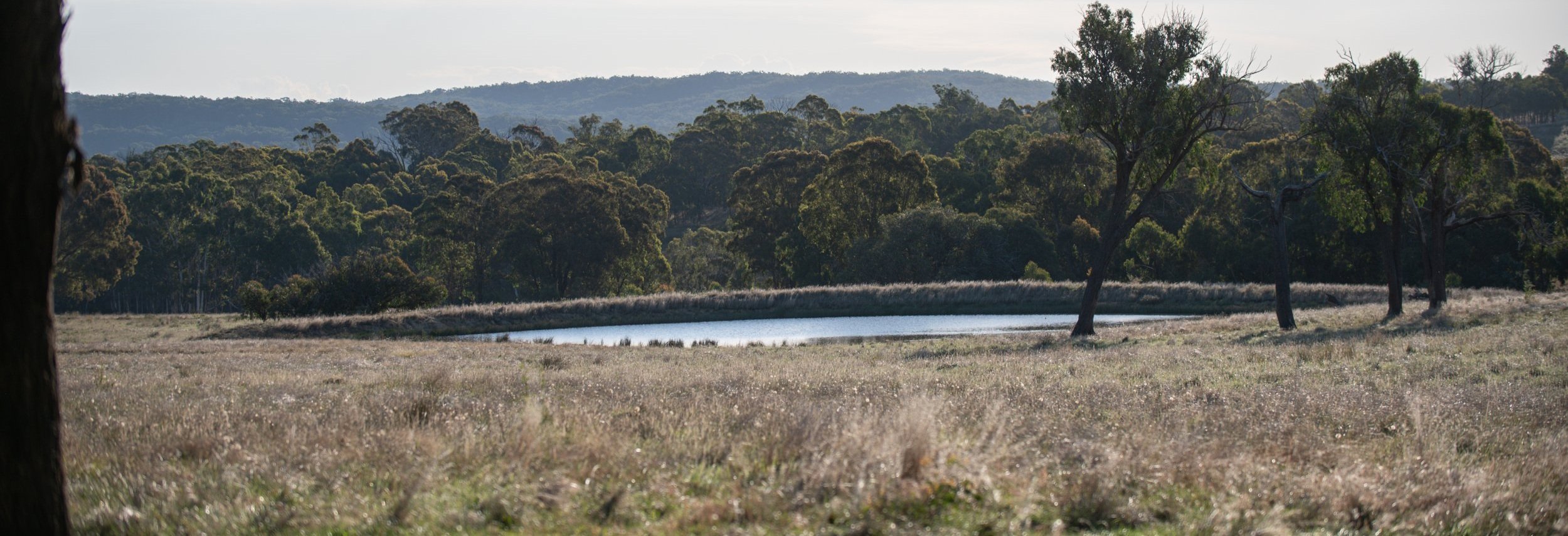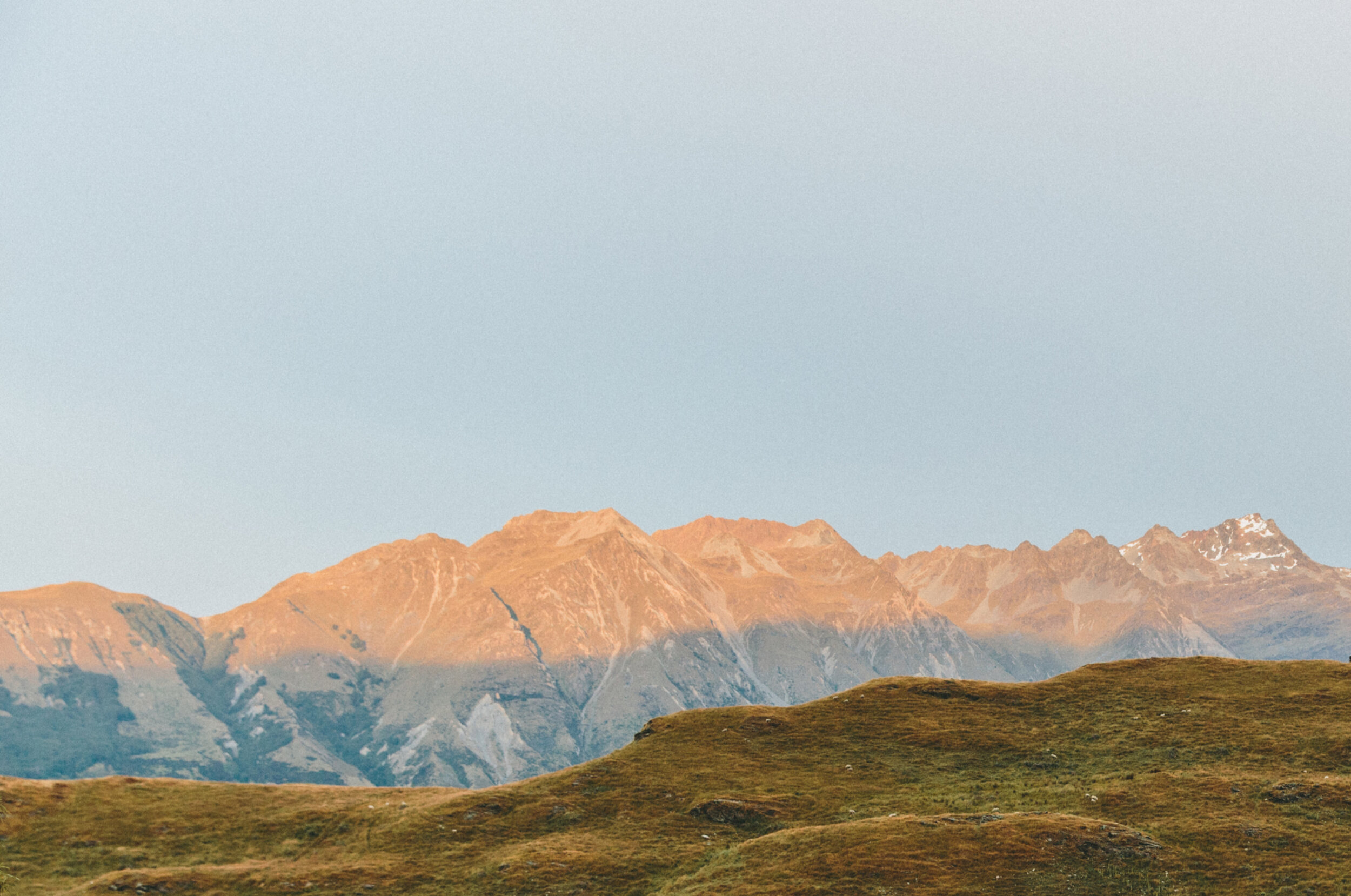
Ngunnawal & Gundungurra Country
We are proud of all we have done with this land since we moved here, 28 years ago, but its history goes a lot further back than that. Tickalara is located half way between Collector and Gunning, set in beautiful country that was traditionally called home by the Ngunnawal people or the area, and also visited by the Gundungurra people from the north. In the area around us, there have been stone tools and artefacts dating back over 20,000 years. While these tools are the earliest findings, local history likely goes back significantly earlier. People of these tribes migrates through the area in line with the migration of the Bogong moth, which is a highly nutritious food source. Today, we still see the moth’s frequently from MONTH to MONTH - the relevant aboriginal season.
In the early 1800s, European settlement into the region saw displacement, forced removal and other significant impacts that reduced the size of Indigenous communities, practices that unfortunately continued well into the 1900s. A local survey of the Collector area saw the Ngunnawal population decrease from over 500 to just 70 individuals by 1856. These practices have had lasting impacts on local tribes and people and their connection to the land, culture and area.
As the creeks and waterways that we have on Tickalara are not permanent, it is unlikely that much of the farm was along traditional trade and travel routes. We have also not found any stone tools, scar trees, or other indications of indigenous use, but we are trying to connect with local First Nation’s Groups to confirm and to see how this area could fit into the local indigenous history. Irrespective of what we find on Tickalara specifically, we recognise the timeless cultural, spiritual and historic connection between Australia’s First Nation’s Peoples and this Land.

Indigenous Seasons
-
Dream it.
It all begins with an idea. Maybe you want to launch a business. Maybe you want to turn a hobby into something more. Or maybe you have a creative project to share with the world. Whatever it is, the way you tell your story online can make all the difference.
-
Build it.
It all begins with an idea. Maybe you want to launch a business. Maybe you want to turn a hobby into something more. Or maybe you have a creative project to share with the world. Whatever it is, the way you tell your story online can make all the difference.
-
Grow it.
It all begins with an idea. Maybe you want to launch a business. Maybe you want to turn a hobby into something more. Or maybe you have a creative project to share with the world. Whatever it is, the way you tell your story online can make all the difference.
-
Sell it.
It all begins with an idea. Maybe you want to launch a business. Maybe you want to turn a hobby into something more. Or maybe you have a creative project to share with the world. Whatever it is, the way you tell your story online can make all the difference.
-
Style it.
It all begins with an idea. Maybe you want to launch a business. Maybe you want to turn a hobby into something more. Or maybe you have a creative project to share with the world. Whatever it is, the way you tell your story online can make all the difference.
-
Share it.
It all begins with an idea. Maybe you want to launch a business. Maybe you want to turn a hobby into something more. Or maybe you have a creative project to share with the world. Whatever it is, the way you tell your story online can make all the difference.

More Recent History
After the British arrived in 1788, it took just 40 years for them to have moved to this district. Gunning was ‘founded’ in 1821 as Hamilton Hume and William Hovel pioneered the route from Sydney to what is now Melbourne. Gunning has been along the main road from Sydney to Melbourne since then. More than this, the Bicentennial Trail from Cooktown to near Melbourne is over 5,000km of historic coach and stock routes and runs straight through Lerida Station and along the front of our property on Collector Road.
It was in 1829 that the first land in Collector was granted, and wasn’t until 1839 that the same happened in Gunning. This was the beginning of farming in the district. As the number of farms in this area grew, there was a massive decrease in the Indigenous population - by 1856 just 14% of the original population survived. While nothing can change the past, we acknowledge all the losses and heartbreak faced by the Indigenous community at that time and since.
With settlers now in the area, the region became well known to a number of bushrangers that travelled through. The Whitten Gang attacked Gunning; Ben Hall and his gang held up the Kimberly Hotel in Collector; and John Dunn shot dead a local constable, Samuel Nelson.
While no longer home to bushrangers, the area established itself as great sheep-growing country. The Big Merino in nearby Goulburn is testament to this, as is the vast number of sheep producers that continue in this area today. For us, cattle were better suited to our piece of land that is surrounded by harder slate soil and rocky outcrops.


